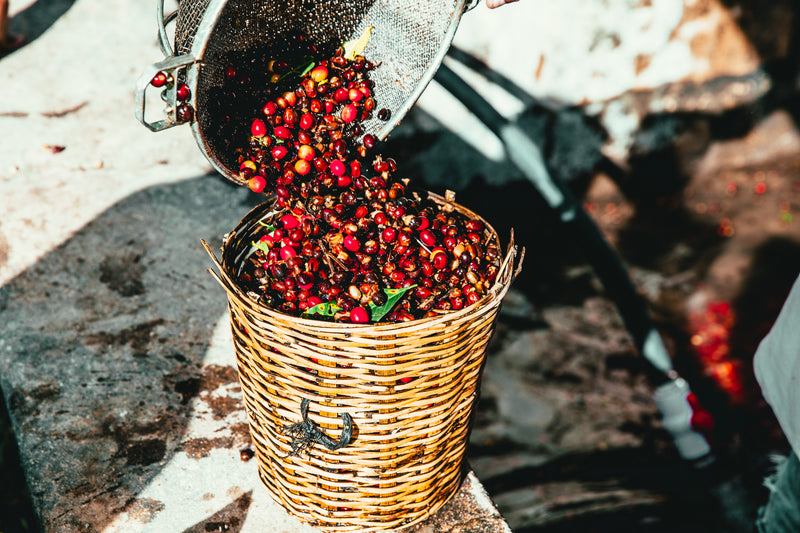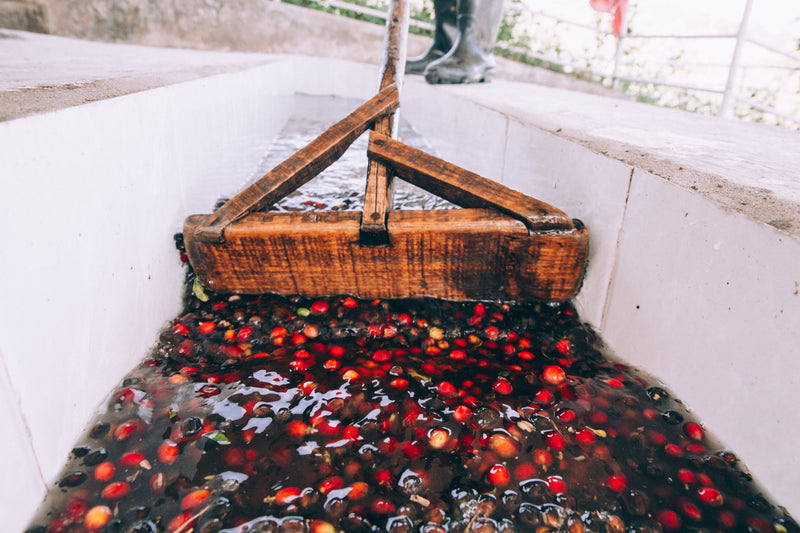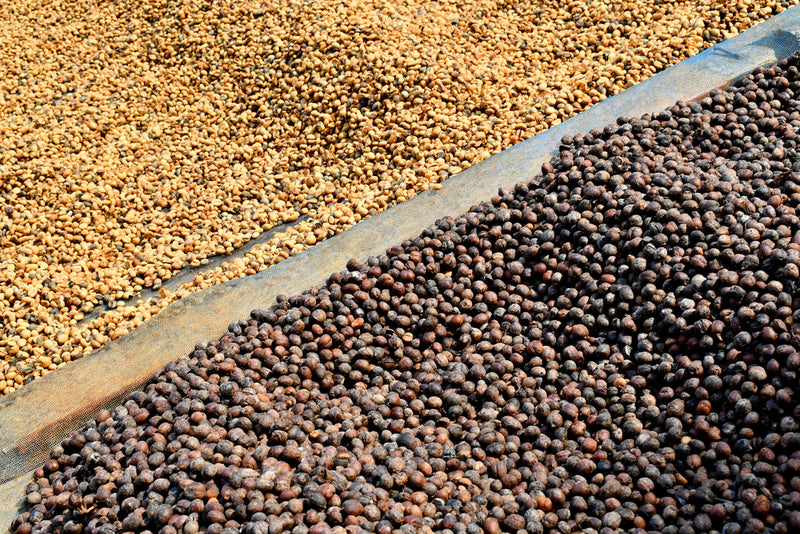No Products in the Cart
FREE DELIVERY ON ORDERS OVER $30
Single-Origin coffee has been grown in one specific region of a country, where depending on the location and weather, the coffee will acquire different characteristics specific to that region. Therefore, you are tasting the flavor and aromas only that specific location transfers to the coffee.
Micro-Lot coffee beans are grown from a single region of a country; their origin is even more traceable as they're from a specific Farmer/Farm that has dedicated its farm or part of its farm to growing a single varietal of coffee.
These types of coffee usually require more laborious work. Consequently, they have the highest price but also the best flavor characteristics and profiles.
People say, "coffee roasting is both an art and a science." The amount of time required to be good at this craft and the amount of coffee you have to drink is both immensely satisfying and worrying. Nevertheless, choosing a specific roast type and its characteristics becomes natural if you know how you like your coffee.





